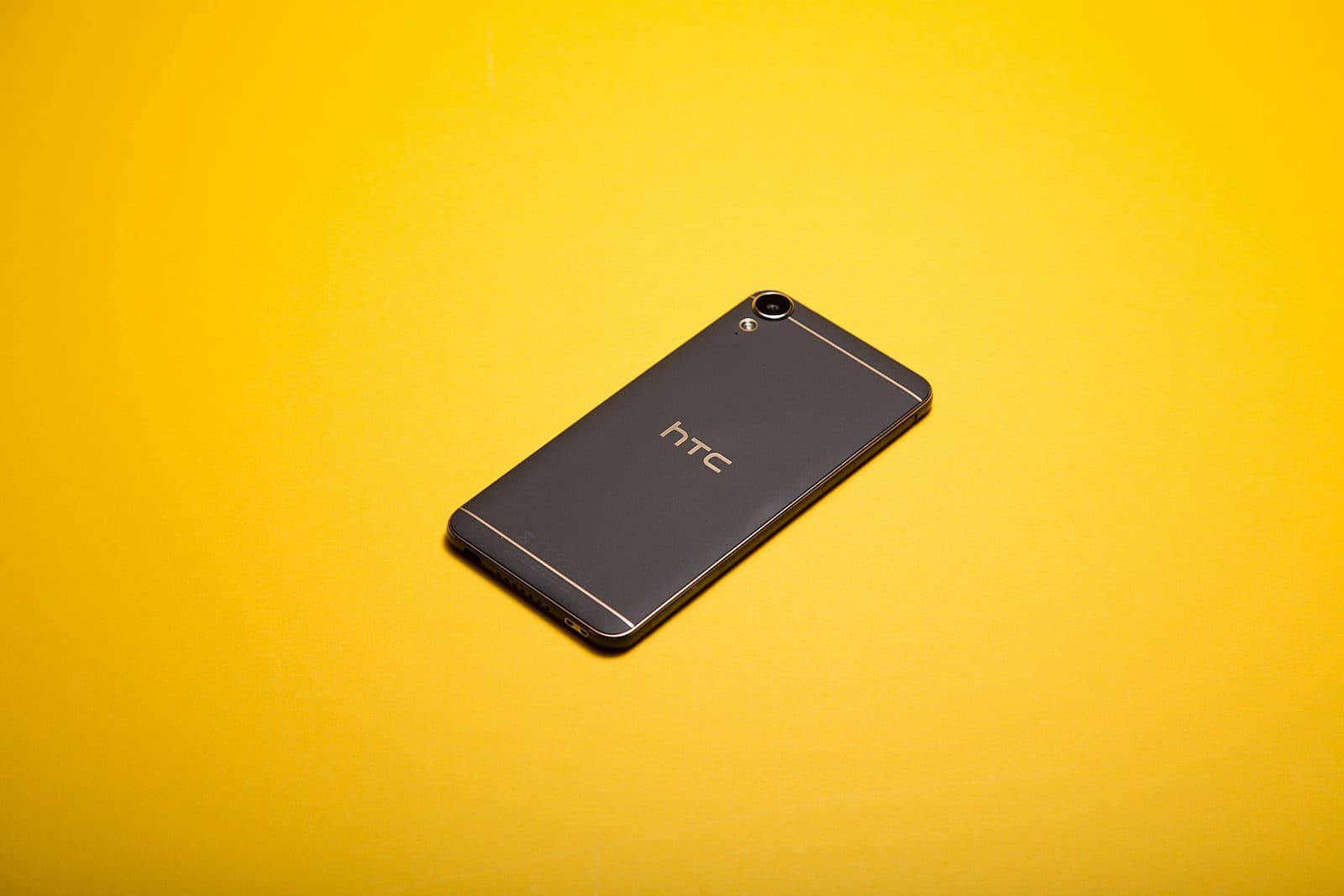HTC once stood as a pioneer in the smartphone industry with its innovative designs and user-centric features. This Taiwanese company captured the market with the HTC Hero in 2009, setting a new standard for Android phones with its customized skin, which provided a superior user experience. The brand was synonymous with quality and innovation, leading to a substantial following among tech enthusiasts.
Despite its early successes, HTC’s fortune changed as competitors flooded the market with smartphones that offered similar or superior features at competitive prices. The company’s strategy led to a confusing array of models that made it difficult for consumers to follow. In 2017, Google acquired a part of HTC’s design team, which indicated a shift in the company’s focus and resources. Changes in market dynamics and consumer preferences further contributed to HTC’s decline in the smartphone sector.
The HTC Story: A Mobile Pioneer’s Journey
Early Success and Innovation
HTC, once a leading player in the smartphone industry, rose to prominence in the early 2000s. They were among the first to embrace Android, launching the T-Mobile G1, the first commercially available Android phone, in 2008. HTC’s innovative designs and user-friendly interfaces quickly garnered a loyal following.
Peak Popularity and Market Dominance
HTC reached its peak in 2011, becoming the top smartphone vendor in the United States. Their flagship devices, like the HTC One series, were praised for their build quality, camera performance, and unique features like BoomSound speakers.
Challenges and Missed Opportunities
However, HTC’s success was short-lived. They faced stiff competition from Samsung and Apple, who quickly caught up in terms of innovation and marketing. HTC’s marketing efforts were often lackluster, and their product lineup became confusing with too many similar models.
Decline and Shift in Focus
HTC’s market share began to dwindle as consumers flocked to Samsung and Apple. Their financial struggles led to layoffs and a shift in focus towards other technologies like virtual reality (VR). Despite releasing a few notable phones, like the HTC U11, they failed to regain their former glory.
Current State and Future Outlook
Today, HTC mainly focuses on VR headsets and software, with their Vive line being a significant player in the VR market. While they still release occasional smartphones, their presence in the mobile industry has significantly diminished.
Table: HTC’s Rise and Fall Timeline
| Year | Event |
|---|---|
| 2008 | Launched the first Android phone, the T-Mobile G1 |
| 2011 | Became the top smartphone vendor in the U.S. |
| 2013 | Faced stiff competition from Samsung and Apple |
| 2017 | Shifted focus towards VR technology |
| 2023 | Continues to focus on VR, releasing occasional smartphones |
Key Takeaways
- HTC was an early leader in the Android smartphone market.
- HTC’s fall came as a result of increased competition and market saturation.
- The sale of part of its design team to Google marked a significant strategy shift.
The Rise and Decline of HTC Phones
HTC’s journey through the smartphone industry illustrates a path of early innovation and subsequent challenges. This story encompasses their groundbreaking entries, push into virtual reality, critical partnerships, and internal struggles amid a fiercely competitive market.
Innovative Beginnings: HTC Dream to HTC Hero
HTC, a Taiwan-based company, made a strong start with the release of the world’s first Android-powered phone, the HTC Dream, in 2008. This marked a pivotal point in smartphone technology. The follow-up HTC Hero showcased HTC’s commitment to enhanced design and functionality with features like HTC Sense, offering a fresh, customizable user interface.
HTC’s Endeavors in Virtual Reality
Making waves beyond smartphones, HTC developed the HTC Vive. HTC Vive brought virtual reality into the mainstream with its advanced VR technology. This device extended HTC’s reach into new technology markets.
Acquisitions and Partnerships
In pursuit of growth, HTC engaged in various acquisitions and partnerships. One notable event was Google’s $1.1 billion deal to buy part of HTC’s design team. This collaboration also produced the Google Nexus One. These moves aimed to refine HTC’s design and market strategy.
HTC’s Design Philosophy
“Quietly Brilliant” encapsulated HTC’s approach to premium smartphone design. The HTC One series, a line of flagship devices, emphasized bold yet sleek aesthetics with sturdy builds and high-quality cameras.
Competition and Market Pressures
HTC faced heavy competition from giants like Samsung and Apple, as well as rising stars Xiaomi, Oppo, and Huawei. These competitors eroded HTC’s market share by offering a mix of high-end features and budget-friendly prices.
Challenges within HTC
Internal challenges, including management decisions and workforce reductions, impacted HTC. A lack of consistent marketing strategy and product branding resulted in a fragmented company identity. These issues combined to strain their presence in a crowded smartphone market.
Software and UI Development
HTC aimed to provide a smooth user experience with its HTC Sense UI. However, it often clashed with the native Android operating system. Users found pre-installed apps and bloat to be cumbersome, complicating what should have been a streamlined experience.







